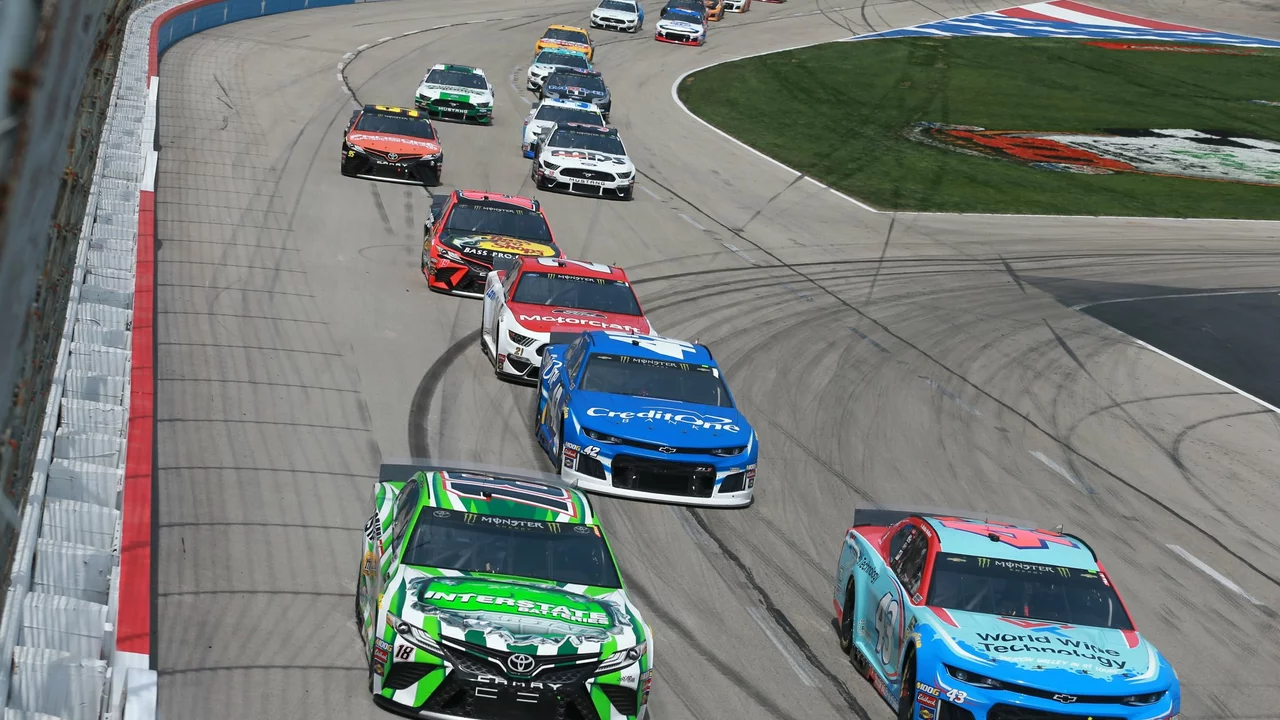If you’ve ever watched a stock car roar around a super‑speedway and wondered how to join the action, you’re in the right place. NASCAR isn’t just an American pastime; it’s a global sport that welcomes anyone with skill, passion, and the right paperwork. Below you’ll find the most useful steps to start racing, the key tracks you’ll hear about, and what it takes if you’re not from the USA.
Absolutely. NASCAR’s rulebook doesn’t bar drivers based on nationality. What matters is that you meet licensing requirements, have the right equipment, and can get a seat with a team that has a NASCAR license. Many European and Asian drivers have already made the jump, often starting in regional series like the NASCAR Whelen Euro Series before moving to the United States. If you’re outside the US, the first move is to contact the national motorsport authority in your country and ask about a NASCAR‑compatible license.
1. Get a racing license. You’ll need a competition license from the FIA or your local body that is accepted by NASCAR. The process usually involves a medical exam, a driving test, and proof of experience in other cars. 2. Build seat time. Start in go‑karts, formula cars, or local stock‑car series. The more laps you log, the more confidence you gain. 3. Find a team. Smaller teams in the ARCA Menards Series or the NASCAR Truck Series often look for fresh talent. Reach out with a résumé, video highlights, and a clear plan for sponsorship. 4. Secure sponsorship. Racing is expensive, and most drivers bring money to the table. Look for local businesses, automotive brands, or even crowdfunding. 5. Learn the tracks. Knowing the layout of famous speedways like Daytona, Talladega, and Bristol gives you a huge edge. Study race footage, attend a race in person, and practice on simulators if you can.
Most newcomers spend a few years in the regional series before getting a chance in the top three NASCAR divisions: Cup, Xfinity, and Truck. Patience and persistence pay off; many champions started out with modest budgets and a lot of grind.
Another practical tip: get a good crew chief or mentor early. A seasoned crew chief can teach you how to set up a car for different tracks, read tire wear, and make split‑second adjustments during a race. Their experience can shave seconds off your lap time, which is often the difference between finishing last and being competitive.
When you finally step into a NASCAR car, expect a different feel than a road‑racing vehicle. The cars are heavier, have less aerodynamic downforce, and rely on sheer power and driver skill to stay on the track. Practice throttle control, braking points, and drafting techniques – especially on superspeedways where cars run side‑by‑side at 200+ mph.
Finally, stay connected with the NASCAR community. Follow the official NASCAR website, join forums, and attend fan events. Networking opens doors to test drives, sponsorship talks, and insider advice that you won’t find in any textbook.
Ready to chase the checkered flag? Start logging mileage, build a strong resume, and keep your eyes on the finish line. NASCAR may be tough, but with the right steps you can turn a weekend hobby into a professional racing career.

Nascar doesn't host a race at Barbers Motorsports Park for a few reasons. Primarily, the track design is better suited for motorcycles and Indy cars, not the heavier stock cars used in Nascar. Additionally, the track's limited seating capacity and lack of necessary facilities are other factors that make it unsuitable for Nascar. Lastly, Nascar has a strict schedule and adding a new location would require significant adjustments. So, for now, Barbers Motorsports Park isn't on Nascar's radar.